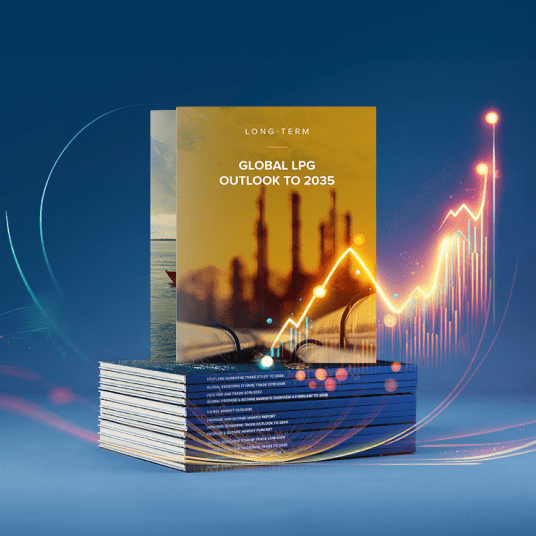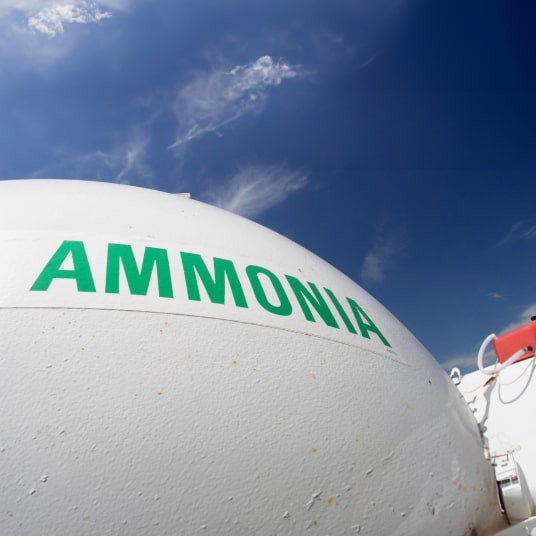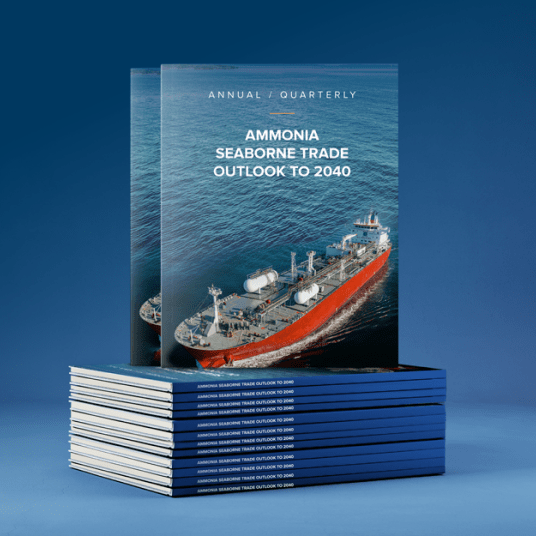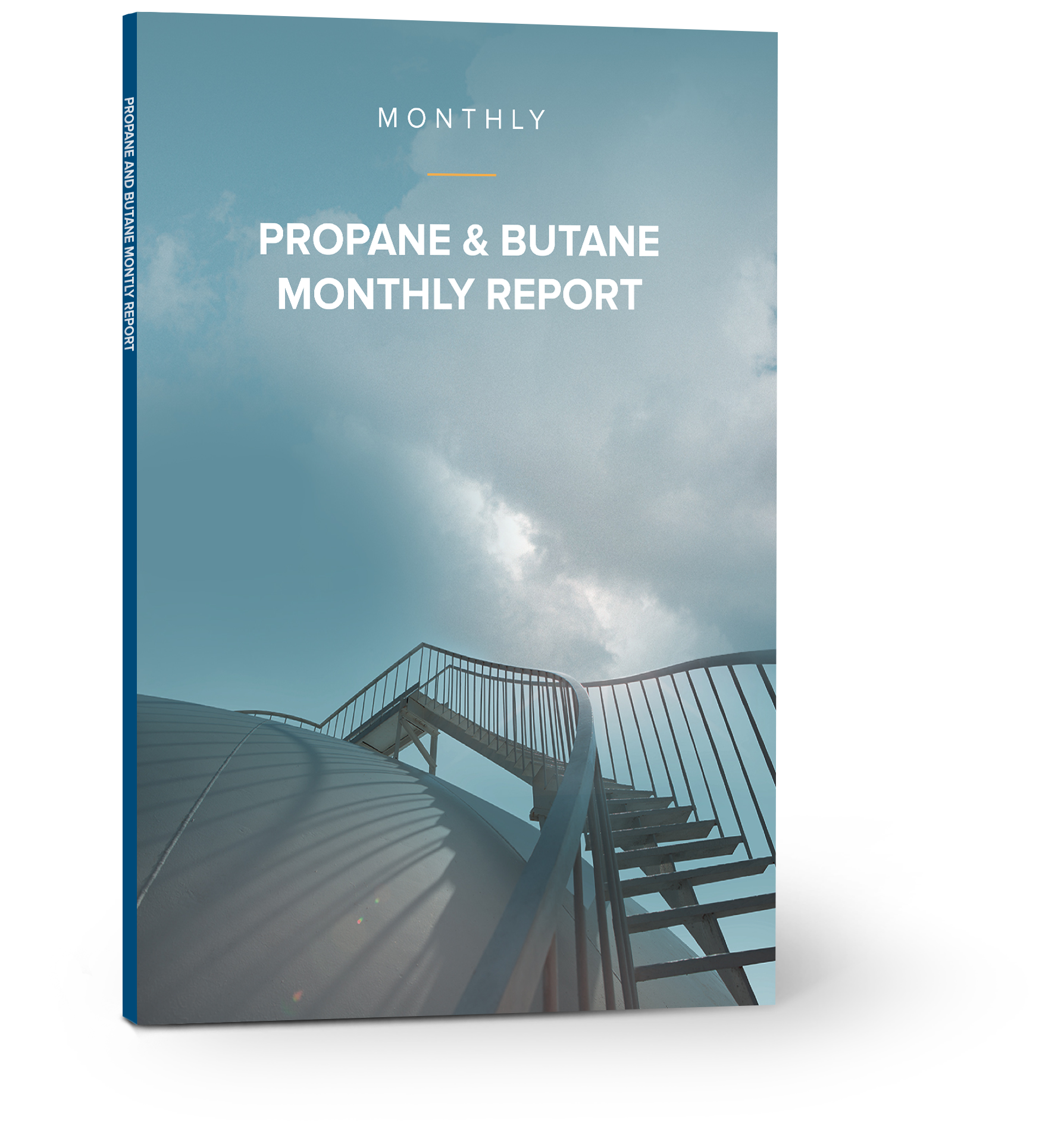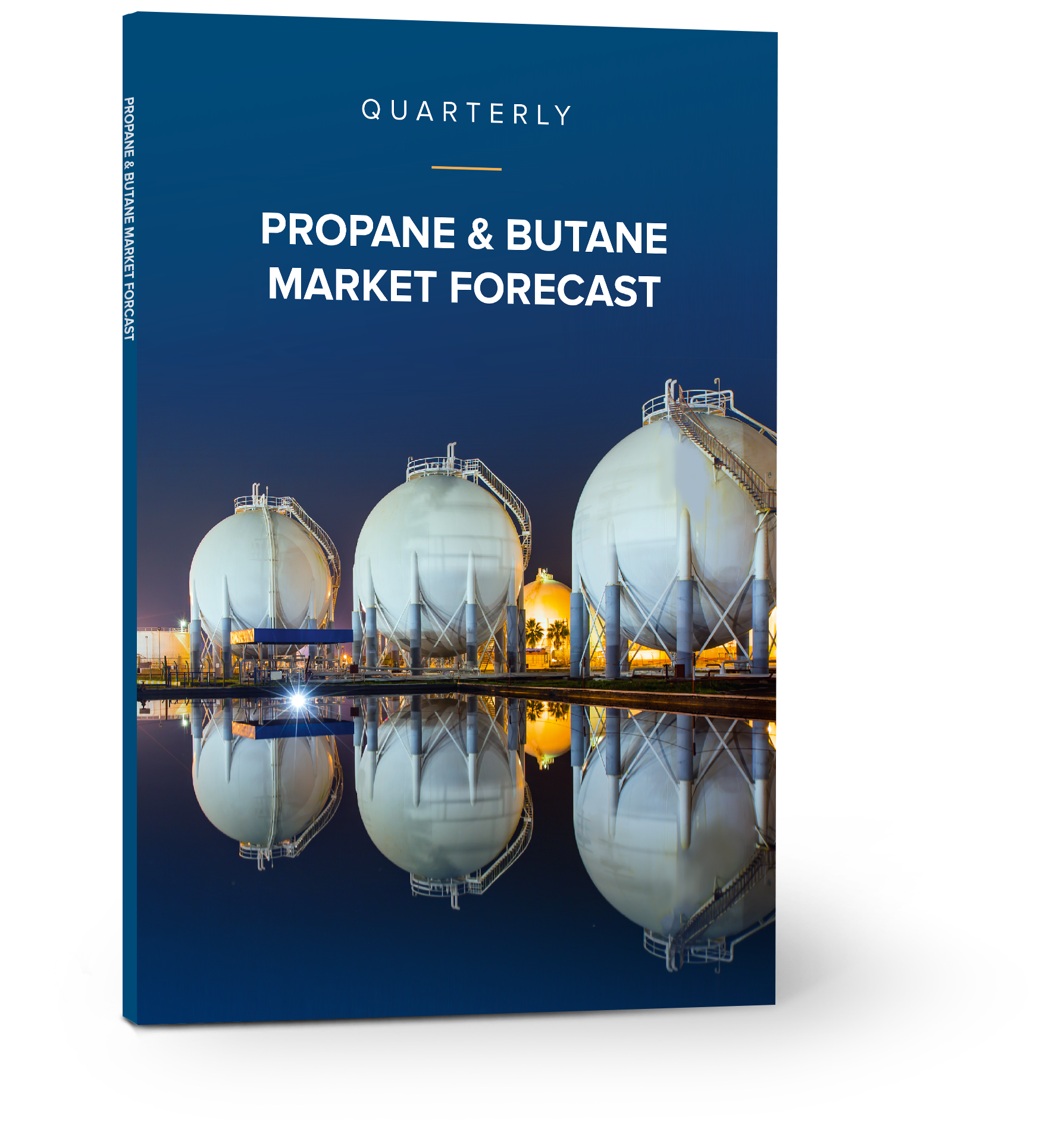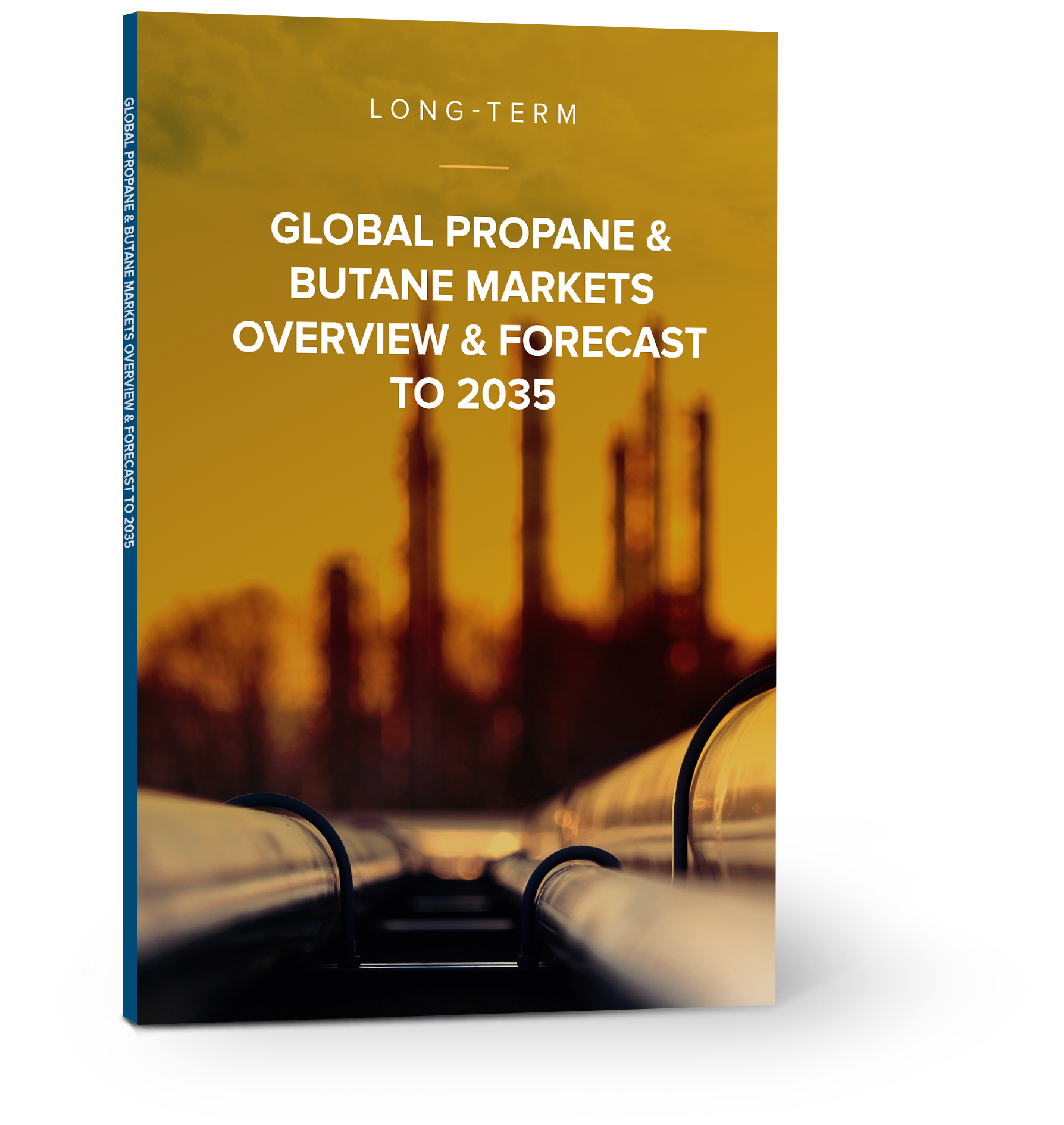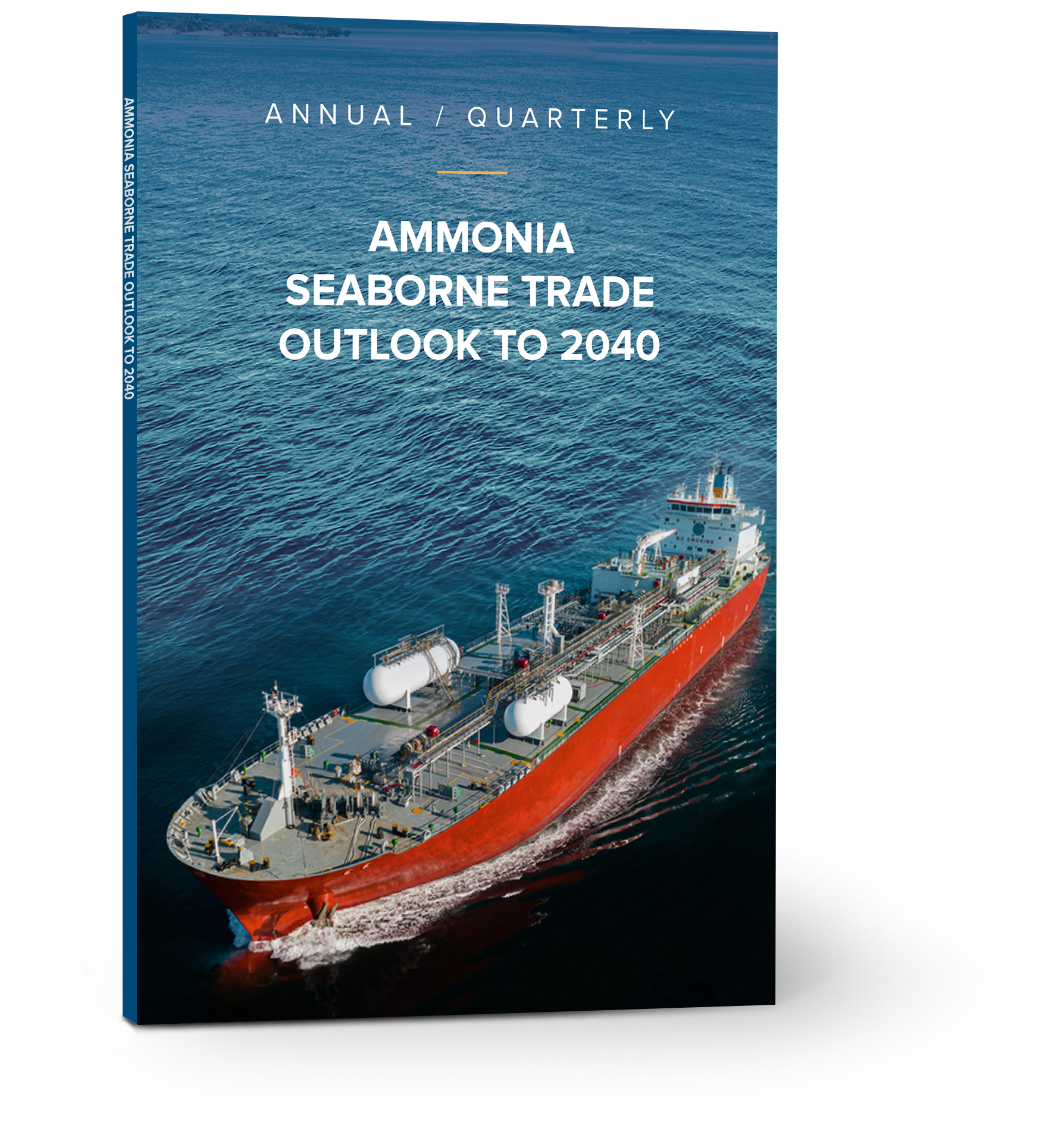2024: A roundup of the market – Week 50 2024
Q1 2024
- US Mt. Belvieu prices experienced volatility, soaring in February due to increased domestic demand and limited production growth driven by colder temperatures.
- In Asia, limited price upside compressed LPG price spreads, leading to a significant drop in freight rates from over $132/t in Q4 2023 to an average of $68/t in Q1 2024.
- Despite the winter season, propane maintained its advantage over naphtha. However, some producers turned to naphtha due to supply chain logistics challenges caused by Suez Canal limitations and regional unrest.
Q2 2024
- Propane prices in the US Gulf dropped below 40% of WTI as winter seasonality declined.
- In China, four new PDH plants began operations. Additional stimulus measures aimed at bolstering the economic markets were implemented.
- Petrochemical margins remained under pressure, experiencing a sharp decline in June 2024 as ethylene and certain aromatic prices fell while feedstock costs increased.
- Six new VLGCs were added to the global fleet in Q2 2024.
Q3 2024
A key market influence in Q3 2024 was Hurricane Beryl, which disrupted US Gulf exports and drove terminal fees sharply higher.
Supply chain economics between the US Gulf and Far East faced significant challenges, with freight rates under pressure. Baltic freight rates dropped from an average of $72/t in Q2 2024 to $52/t in Q3 2024, compounded by the addition of three new VLGCs to the global fleet during the quarter.
Meanwhile, the crude oil market experienced ongoing volatility, fueled by escalating tensions in the Middle East.
Q4 2024
- US exports remained robust, reaching 5.8 mm t in November 2024, while imports to the largest importer, China, declined to an estimated 2.6 mm t, down from nearly 3.5 mm t in Q3 2024.
- Terminal capacity constraints in the US Gulf persist, keeping terminal fees elevated. Additionally, propane supply chain challenges continue to pressure the market, resulting in sustained lower freight rates.
- Petrochemical demand continues to be subdued, with challenging economics persisting for many industry players.




